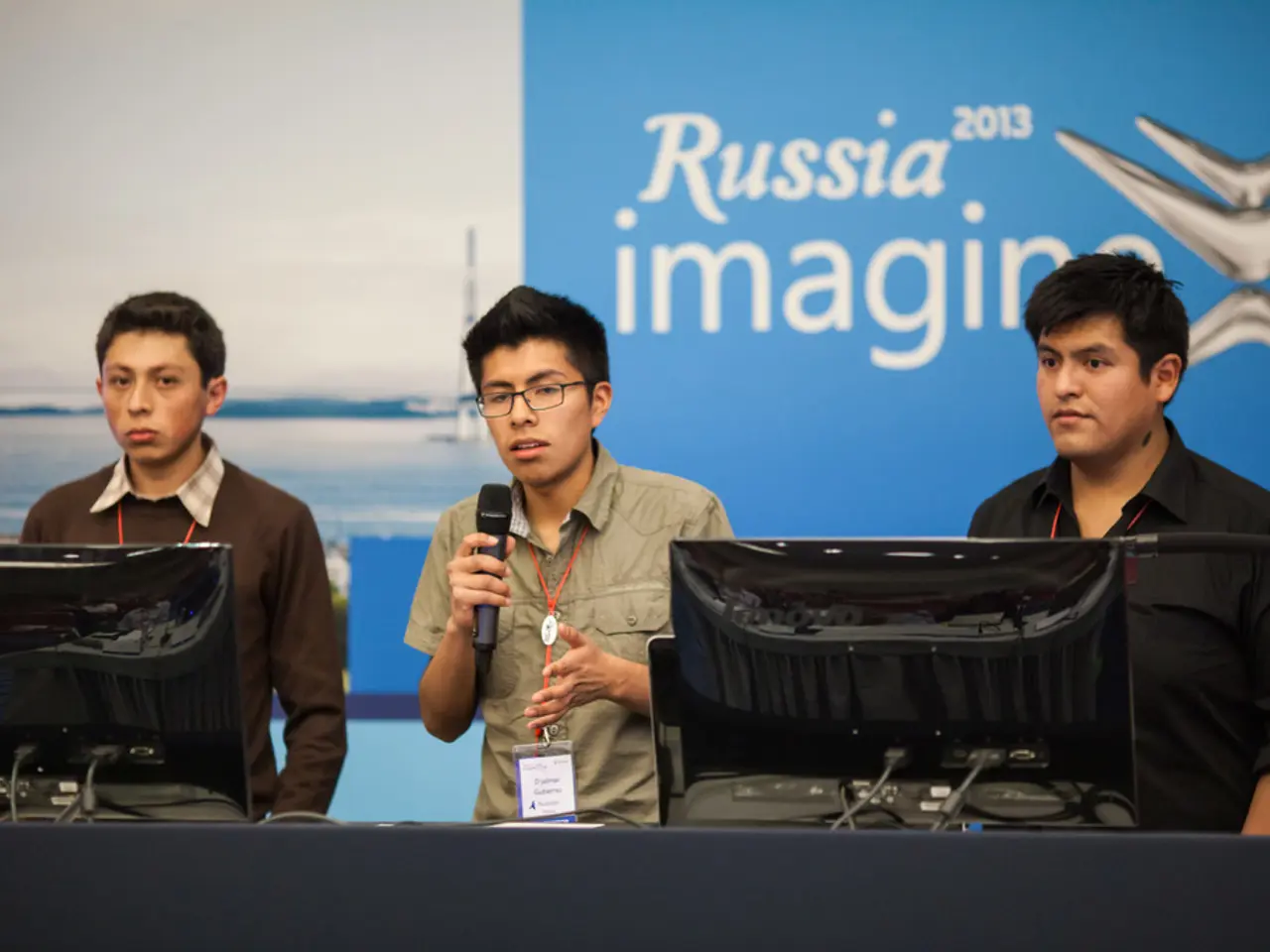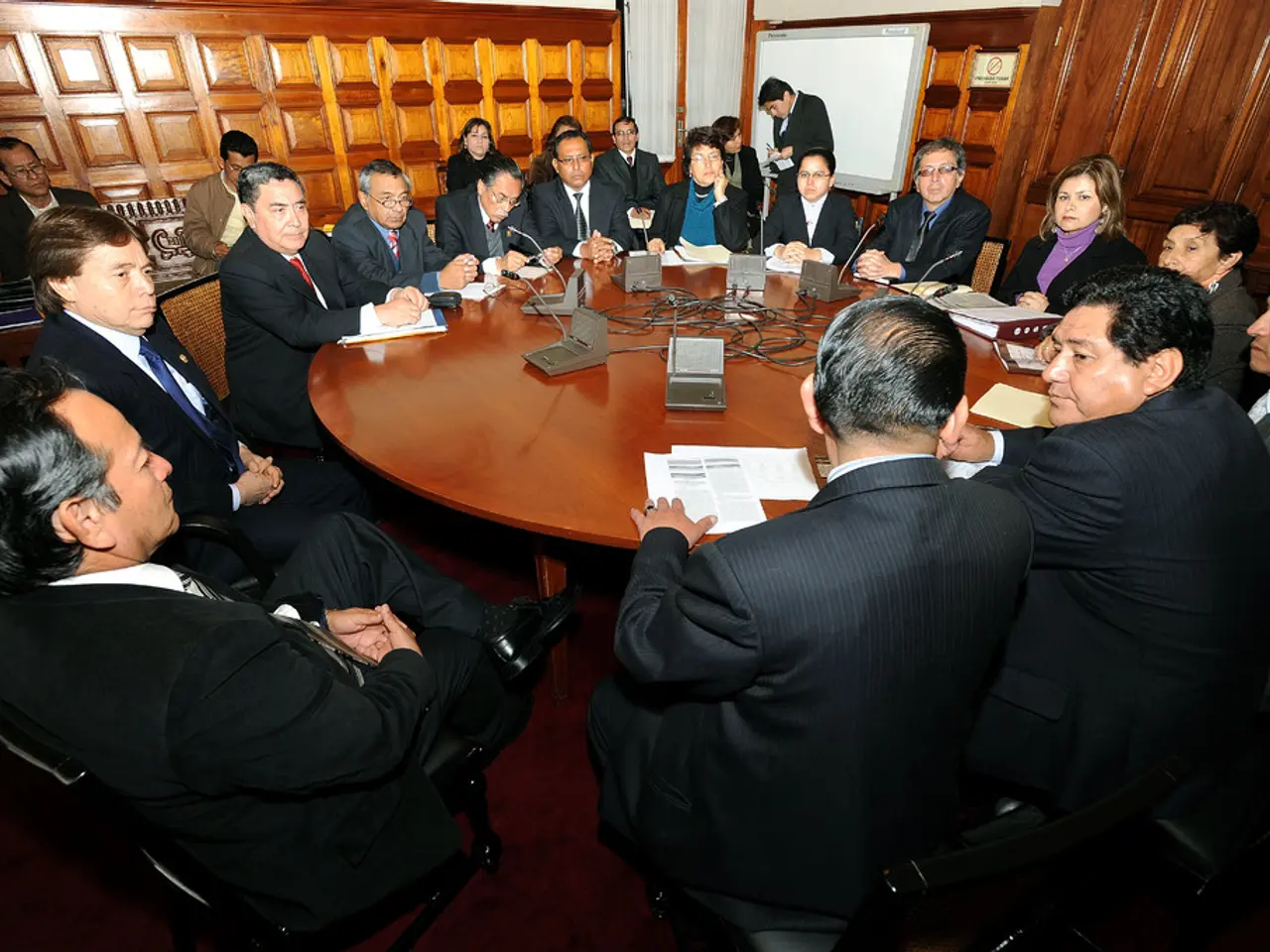Developments Trending Towards Resolution of Ukraine Crisis by 2025
The conflict in Ukraine, now nearing its third anniversary, continues to unfold with a complex web of geopolitical maneuvers and evolving alliances. Recent assessments indicate that Russia is making rapid territorial gains, marking the fastest expansion since the war intensified in early 2022.
As the stalemate persists, NATO and allied nations are exploring measures to reinforce Ukraine's defenses, including the potential supply of additional air defense systems. This comes as peace negotiations between Ukraine and Russia have made limited progress, with discussions largely stalled and contentious. Russian officials, including Foreign Minister Sergei Lavrov, have asserted that talks are underway but have blamed Ukraine for delays and shifting demands.
Meanwhile, the U.S. has maintained support for Ukraine, demonstrated by a recent $322 million arms sale aimed at strengthening Ukraine’s air defenses amid these stalled talks. This arms delivery underscores the continued U.S. commitment, potentially bolstering Ukraine’s leverage in negotiations.
However, the anticipated arrival of Donald Trump in the U.S. presidency could represent a significant turning point in the conflict. Trump's administration has shown an ambivalent and critical stance toward Ukraine, contrasting with previous administrations. Trump has indicated a desire to bring the war to an end quickly, claiming he could resolve the crisis within 24 hours of taking office.
Yet, Trump's approach prioritizes ending the conflict quickly, accepting a deal that would curtail Ukraine's sovereignty, a contrast to prior U.S. policies focusing on Ukraine's full territorial integrity. This ambivalence and the oscillation in U.S. policy introduce uncertainties into the conflict’s trajectory and affect both diplomatic and military dynamics on the ground.
In parallel, Ukrainian leaders are advocating for robust mechanisms to ensure future protection against renewed aggression. Zelensky's "Victory Plan" showcases Ukraine's potential as a key partner in European security. Zelensky is engaging with Trump's team to position Ukraine as a potential ally, with elements of his plan proposing that Ukrainian troops could occupy roles traditionally held by U.S. forces post-conflict.
However, some aspects of Zelensky's "Victory Plan," particularly regarding NATO membership and defense strategies, face skepticism from Ukraine's allies. Ukrainian officials, like Mykhailo Podolyak, an advisor to President Zelensky, are dismissive of rapid peace discussions, asserting that successful negotiations are unlikely without Russia incurring more significant consequences for its actions.
Amidst these complexities, civilians are facing difficult choices, with some evacuating ahead of combat and others fleeing westward when shells are falling. The war has taken a devastating toll, with casualties estimated to total around one million. Ongoing sanctions against Russia's economy are in place, with varying degrees of effectiveness noted by observers.
Russian President Vladimir Putin has remarked that the situation in Ukraine's eastern region is changing dramatically, with ongoing movement along the front lines. Russian forces have been steadily advancing in the Donbas region, capturing villages and towns amid the ongoing war.
As the conflict continues, discussions on bolstering security guarantees for Ukraine and ideas for peacekeeping forces or increased military support are being considered. The future of this conflict remains uncertain, with the balance of power shifting and alliances evolving in response to the changing landscape.
- The ongoing war-and-conflicts in Ukraine have significant political implications, as evidenced by the geopolitical maneuverings and alliances involved, as well as the stalled peace negotiations between Ukraine and Russia.
- As the conflict escalates, there are discussions about strengthening Ukraine's defenses, with general-news sources reporting potential supply of additional air defense systems, and crime-and-justice issues arising from the ongoing shelling and displacement of civilians.








